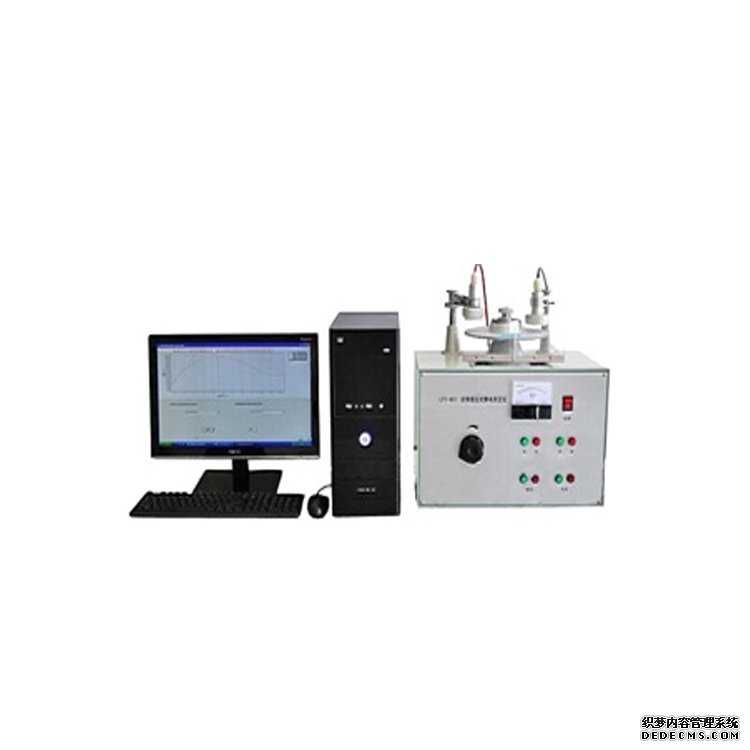The
Attenuation of static electricity testerof electrostatic attenuation tester is an electrostatic attenuation tester for testing the electrostatic diffusivity of various materials. The sample is charged due to the irradiation of air ions produced by halo discharge. After the irradiation of air ions stops, the attenuation curve of charge is measured by the tester, and then the half-life of voltage attenuation is automatically calculated by the analyzer.Pay attention to these details when using the electrostatic attenuation tester
Electrostatic attenuation testeris a device used to investigate the electrostatic expansibility of various materials. The test article is charged due to the irradiation of air ions generated by electro-optics.
After the irradiation of air ions stops, the attenuation curve of charge is measured by the tester, and then the half-life of voltage attenuation is automatically calculated by the analyzer. For the connection between the tester and the analyzer, it can automatically measure the electrostatic attenuation of various materials by pressing a button.

The electrostatic attenuation curve can be obtained by the electrostatic attenuation tester, and the half-life of voltage attenuation can be automatically calculated. The single-button operation is adopted to automatically measure the electrostatic attenuation of materials. The following functions can be realized after connecting a personal computer:
1. Attenuation rate, generally speaking, the half attenuation period is set at 50%, and the attenuation rate is 2 ~ 100%
2. Computer data storage of test data.
3. Temperature and humidity will be automatically saved with folders.
We all know that static electricity is not allowed in some jobs, and the static electricity on workers must be eliminated before working. However, whether static electricity is completely eliminated or not can be determined by static attenuation tester. However, there are still some points to pay attention to when using the electrostatic attenuation tester.
1. The tester is specially used for static electricity treatment, and needs to be away from water, oil, solvent and other conductive pollutants.
2. The tester should be stored and used in an environment with humidity less than 60%, and special care should be taken to ensure that no dew is formed in the environment, otherwise it will cause electrical insulation failure of the product.
3. Please ground the instrument correctly for the measurement of the instrument.
4. This instrument is an electronic device, and its sensors may be very sensitive to mechanical vibration and impact; Of course, it also contains a micro processing chip and electronic circuit, so it can't be used in the environment with many electronic noises.
5. Do not insert any object into the opening for fixing the sensor, and do not let any foreign matter enter the opening of the sensor.
6. Do not operate in corrosive acid, alkali, smoke or corrosive gas such as chlorine.
7. If the instrument falls, it is easy to be damaged. If this happens, the electrostatic attenuation tester should be carefully checked and repaired by authorized technicians.
评论
发表评论